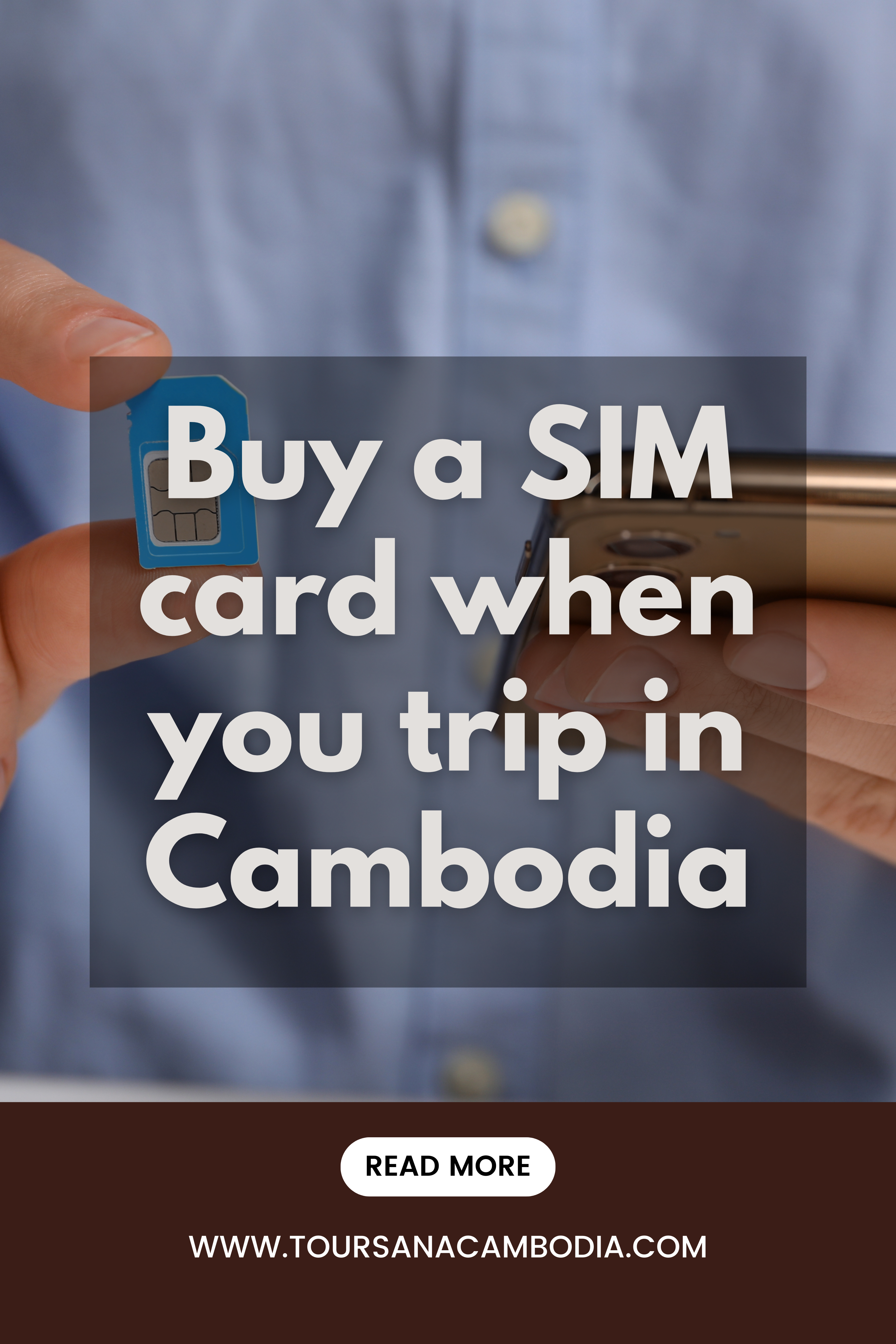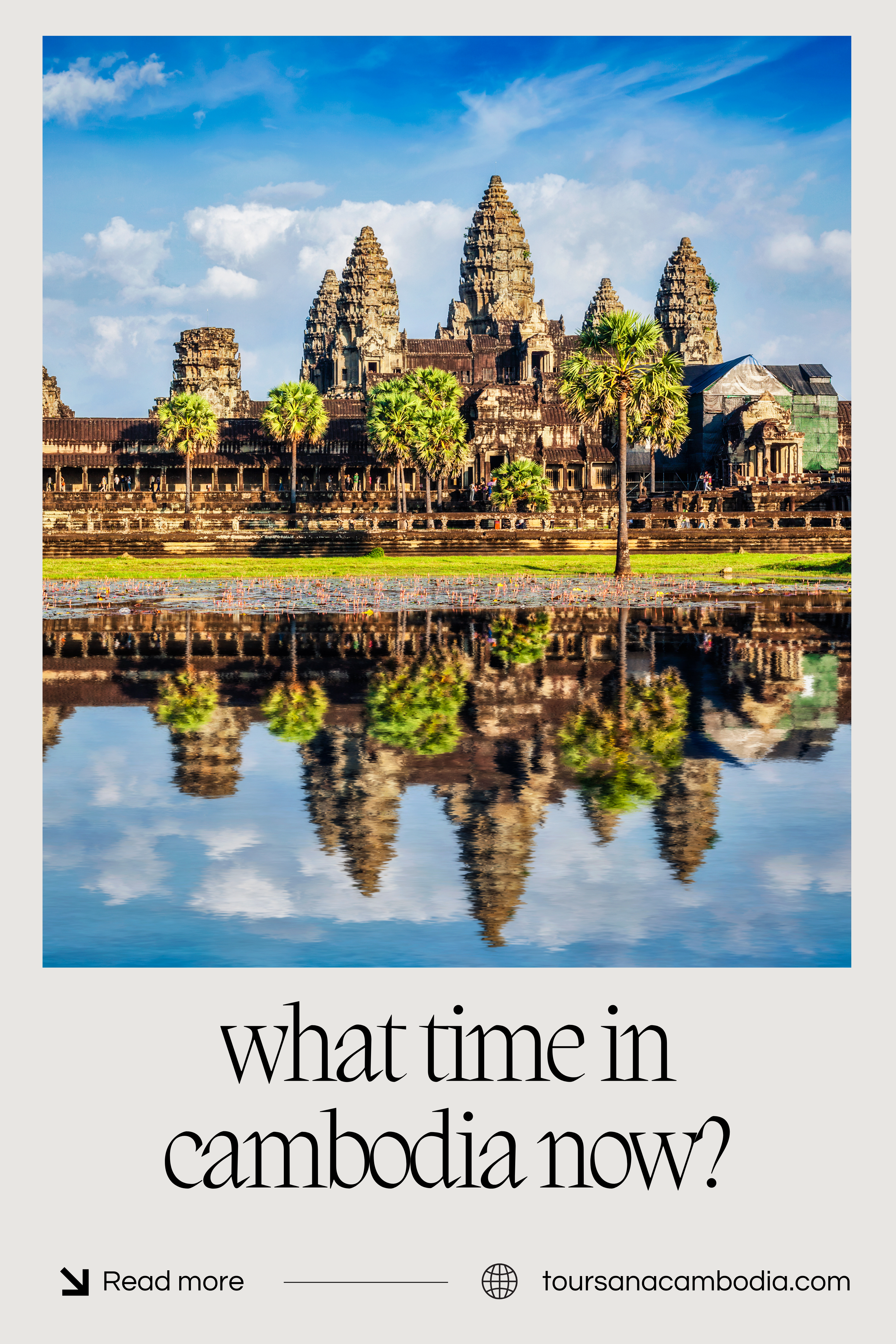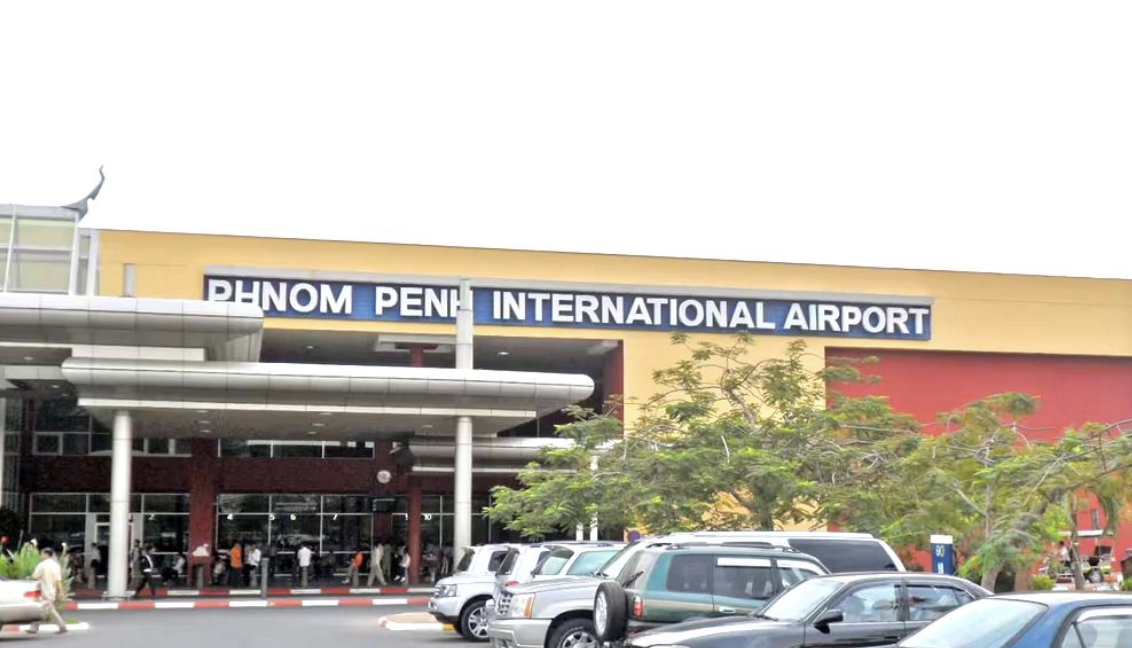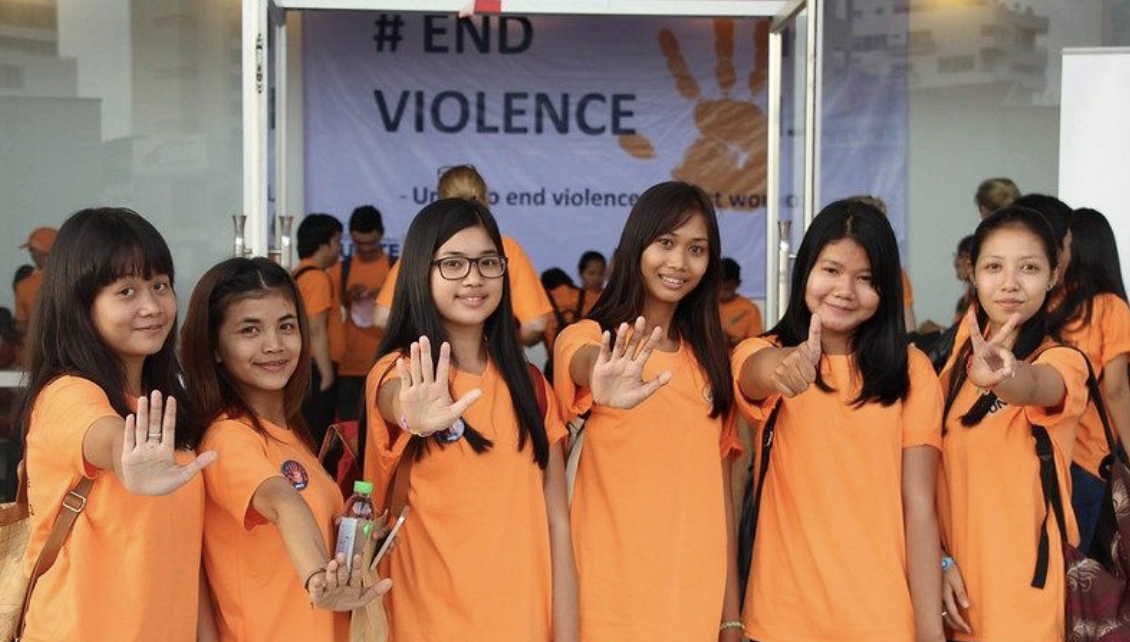App Need to Install While You Travel in Cambodia 2024
Traveling to Cambodia is an exhilarating experience. With its rich historical backdrop, stunning landscapes, and warm hospitality, this destination leaves a lasting impression. To enhance your journey, utilizing the right mobile applications can streamline your navigation through the Kingdom of Wonder. Allow me to introduce some essential apps that will facilitate a seamless, enjoyable, and … Read more






